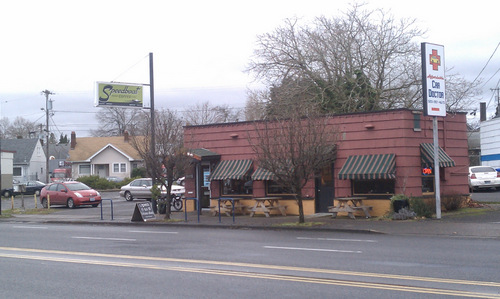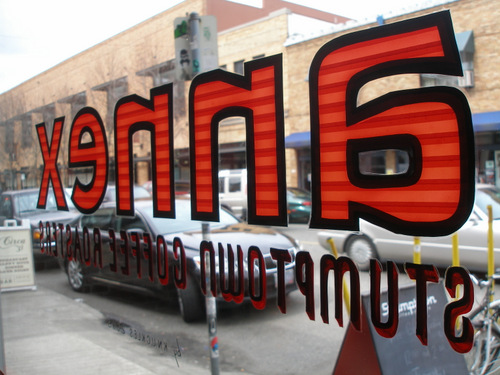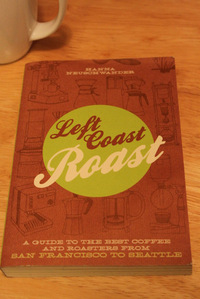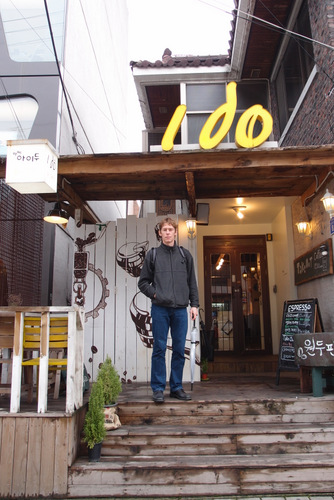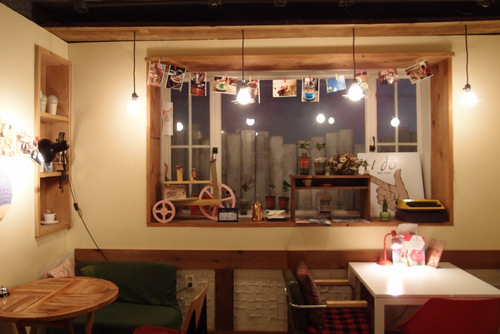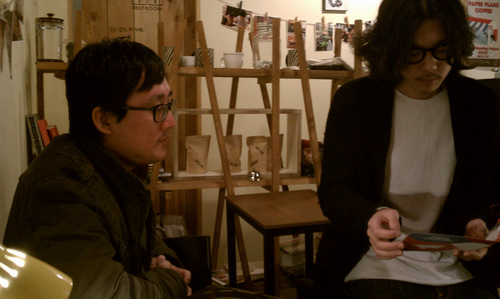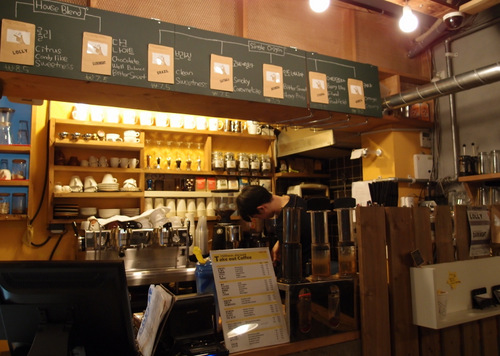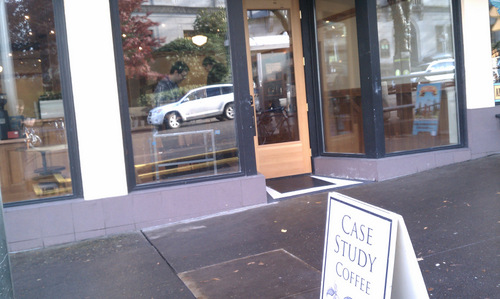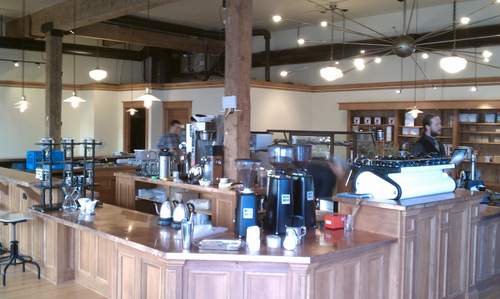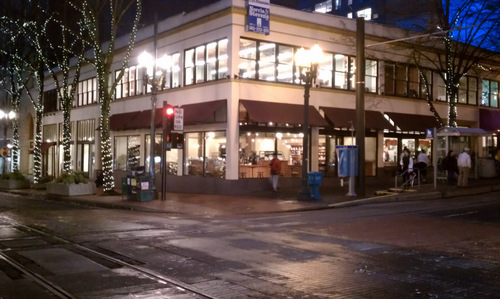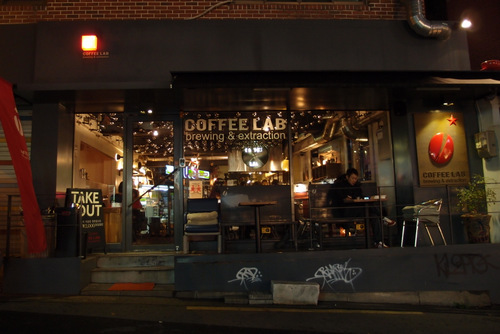Stumptown’s Seattle heritage - a trip to Lighthouse
 Monday, February 4, 2013 at 9:46PM
Monday, February 4, 2013 at 9:46PM The 2013 Northwest Regional Barista Championship was held this past weekend in Seattle (Coava’s Devin Chapman won, defending his title from last year). Judging in last year’s NWRBC and USBC was so much fun that I volunteered to do it again this year. After going through judges calibration and certification Thursday, a scheduling quirk left me all day Friday to explore Seattle under sunny(-ish) skies. Naturally, I went looking for coffee.
My first destination was Lighthouse Roasters, in the Fremont neighborhood northwest of downtown. Visiting Lighthouse was a type of pilgrimage (minus the religious connotations) to one of the headwaters of Portland’s specialty coffee industry. If you have read much about Stumptown Coffee, you might recognize the Lighthouse name. Lighthouse is where Stumptown’s Duane Sorenson learned to roast, under the tutelage of Ed Leebrick. Going to Lighthouse was a chance to see the environment in which Sorenson forged his coffee skills.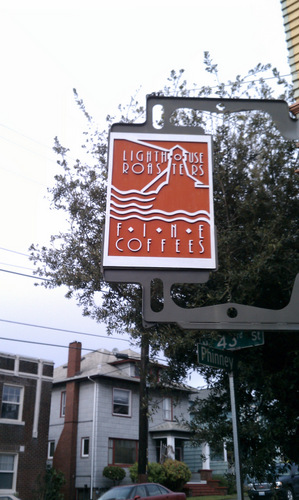
Hopping off the bus at the corner of 43rd and Phinney, I first noticed how quiet the neighborhood was. Single-family houses and small apartment buildings lined the streets. Few cars passed by. Had it not been on such a large hill, the neighborhood could have been Southeast Portland.
Inside, Lighthouse’s décor was simple. The floor was a sage and pale green-gray linoleum, durable and functional. The wooden tables were sturdy, but plain. A short partition separated the back third of the shop, carving out the roasting area from the seating area. The other side of the low wall was crowded with jute bags of green coffee and stacks of large plastic tubs for roasted beans. Most prominently, a Gothot roasting machine whirred, its gas burner rumbling while beans swished and swashed around inside the drum. From time to time, the roaster opened the door and dark brown coffee beans cascaded onto the cooling table, crackling and popping vigorously.
Unlike the neighborhood, the interior of the café was loud and boisterous. In addition to the roaster, customers contributed a lot of noise too. Several people sat around the coffee bar on round stools, talking to the roaster and to the baristas. The majority of people who came in were actually there to converse. Surprisingly, no one was sitting in front of a laptop, a rarity in most cafés these days. Since I already stood out a stranger, I left mine in my backpack and jotted down a few notes on paper.
Sitting at my table, I couldn’t help but think of the similarities between Lighthouse and Stumptown Division. Between the quiet residential neighborhoods, the simple furnishings, the lively atmospheres (Stumptown attracts a lot of Laptopistanis, but makes up for their silence with loud music), and the roasting machines sitting at the front of both cafés, you could see many parallels between the two shops. I felt like I had gained a small insight into Stumptown’s origins.
Then I tried my espresso.
For the record, I do not consider Stumptown’s Hair Bender to be a delicate espresso. Its lemony brightness and chocolaty finish were made to stand out in milk drinks, something it does well. On its own, Hair Bender has a complex taste profile that takes time to get used to.
However, Hair Bender is almost fragile compared to the Lighthouse espresso. Dark-roasted, with a rough, gritty finish, the Lighthouse espresso wanted to force my taste buds into submission instead of befriending them. The profile obviously plays well in that part of Seattle—the traffic in and out the door remained steady throughout my visit—but to my coddled Portland palate (and I admit it’s coddled), the Lighthouse espresso was almost too harsh to drink. Nonetheless, I’m sure it is something you could get used to if you drank it every day.
I found the trip to Lighthouse very informative. These days, as Stumptown grows and changes, the two companies have less in common, but at one point, it appears they were very similar. With humans, descendants never turn out exactly like their ancestors, but they often share a lot of the same traits. Coffee roasters, apparently, can be the same way.
Vitals
Lighthouse Roasters
Address: 400 North 43rd Street, Seattle, WA 98103 (map)
Phone: 206-634-3140 (café only)
Hours: Monday-Friday 6am-7pm
Saturday-Sunday 6:30am-7pm
Wi-Fi? I think so
Recommendation? A cappuccino, perhaps
Website: lighthouseroasters.com



